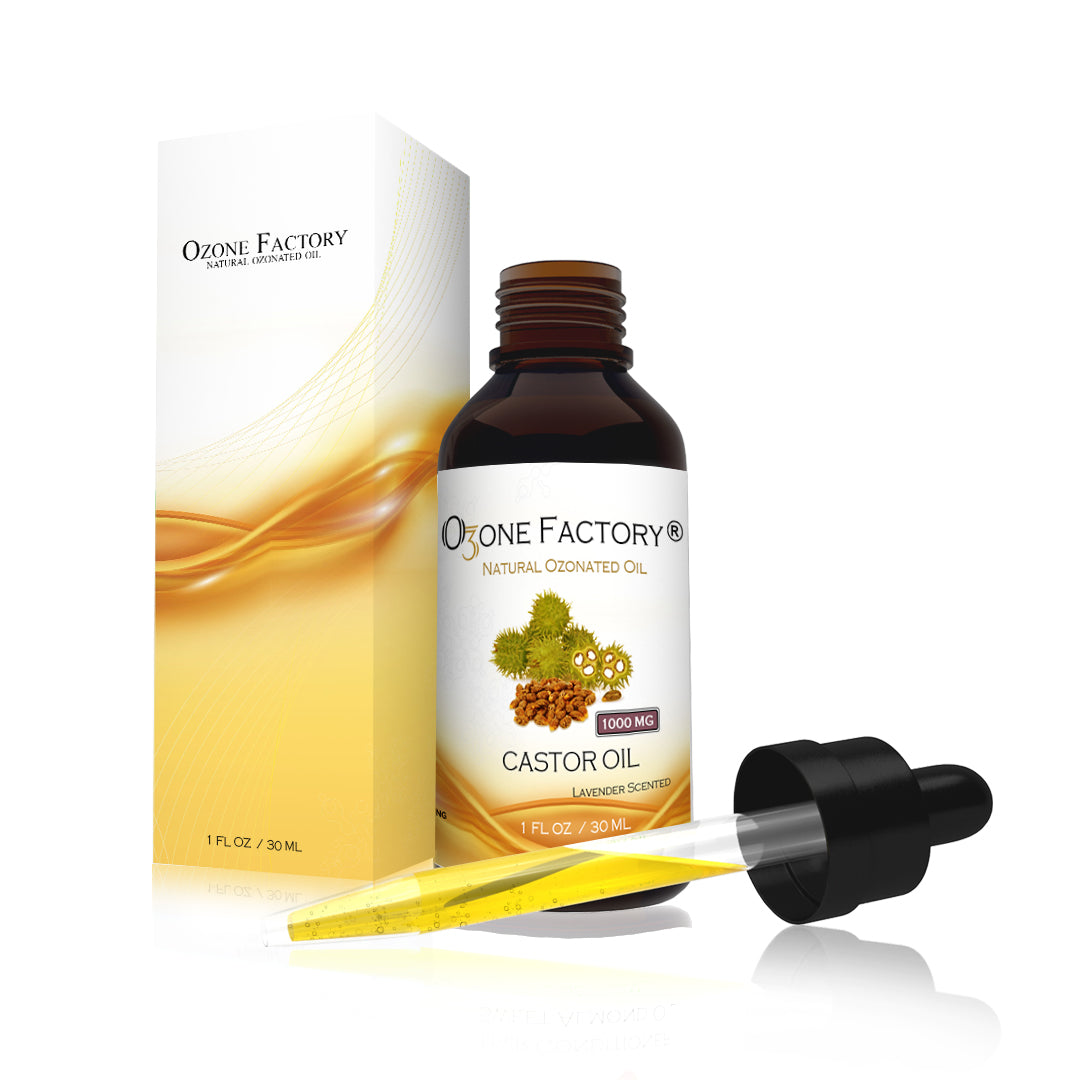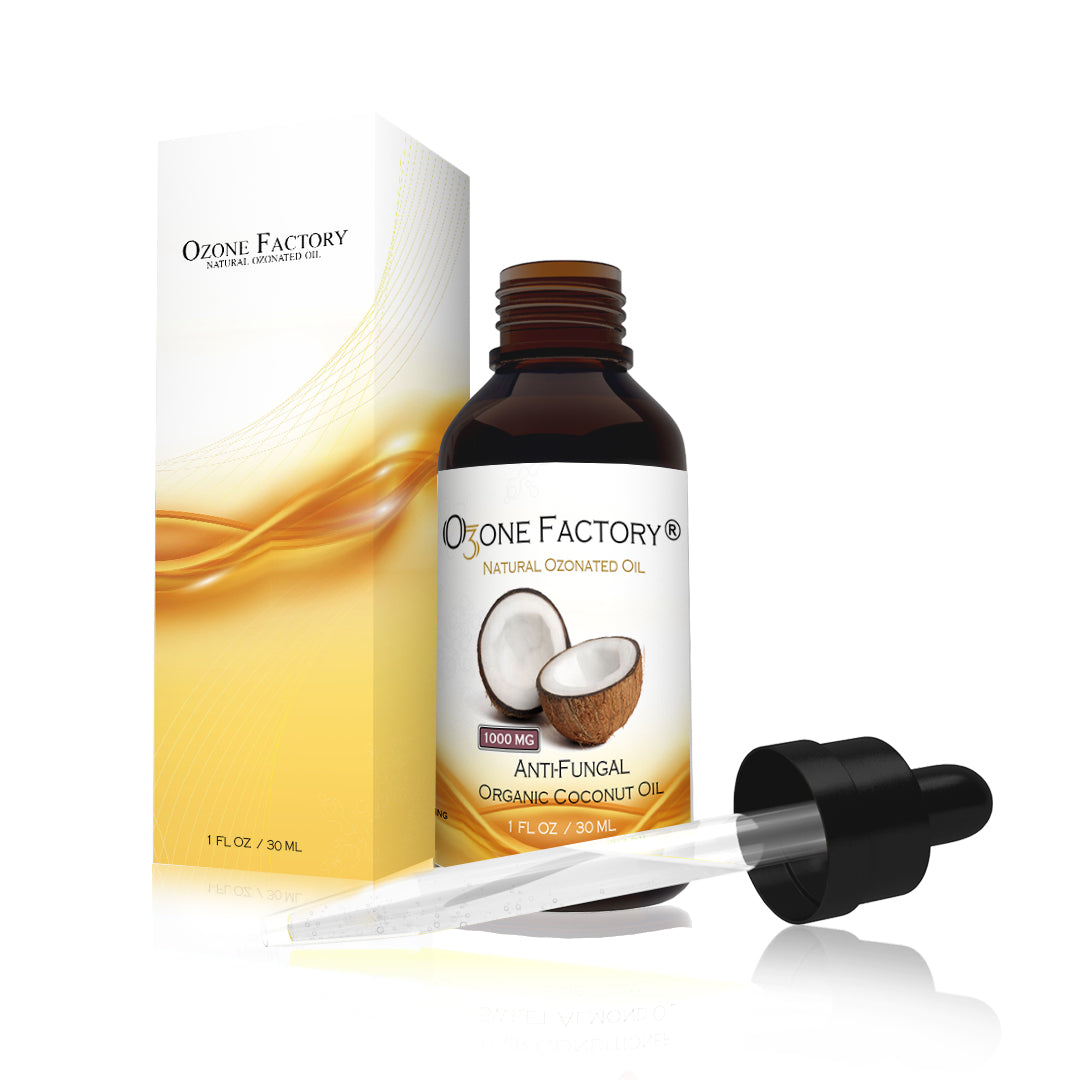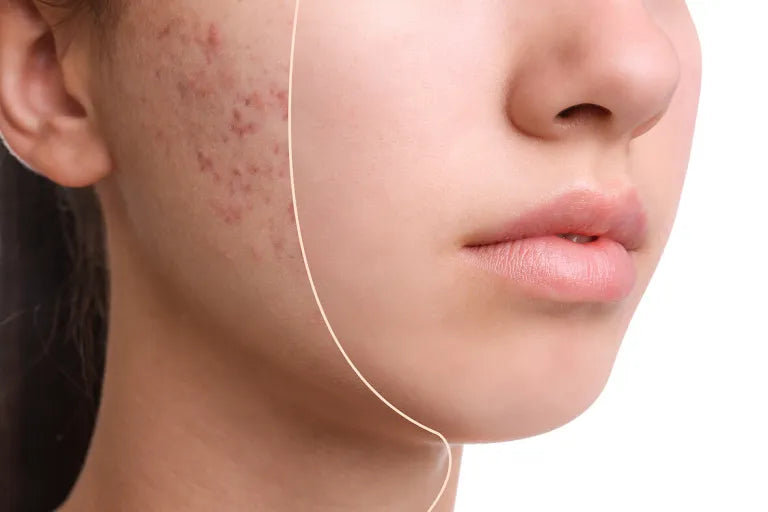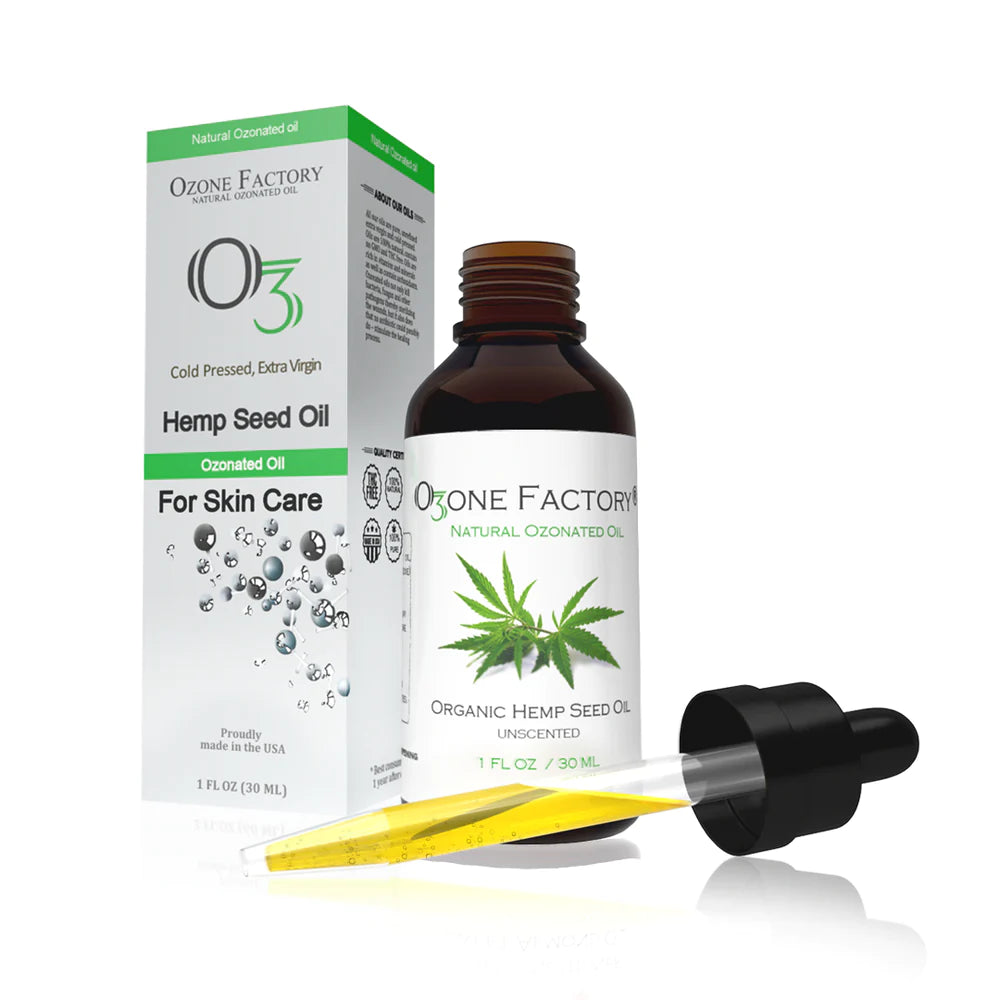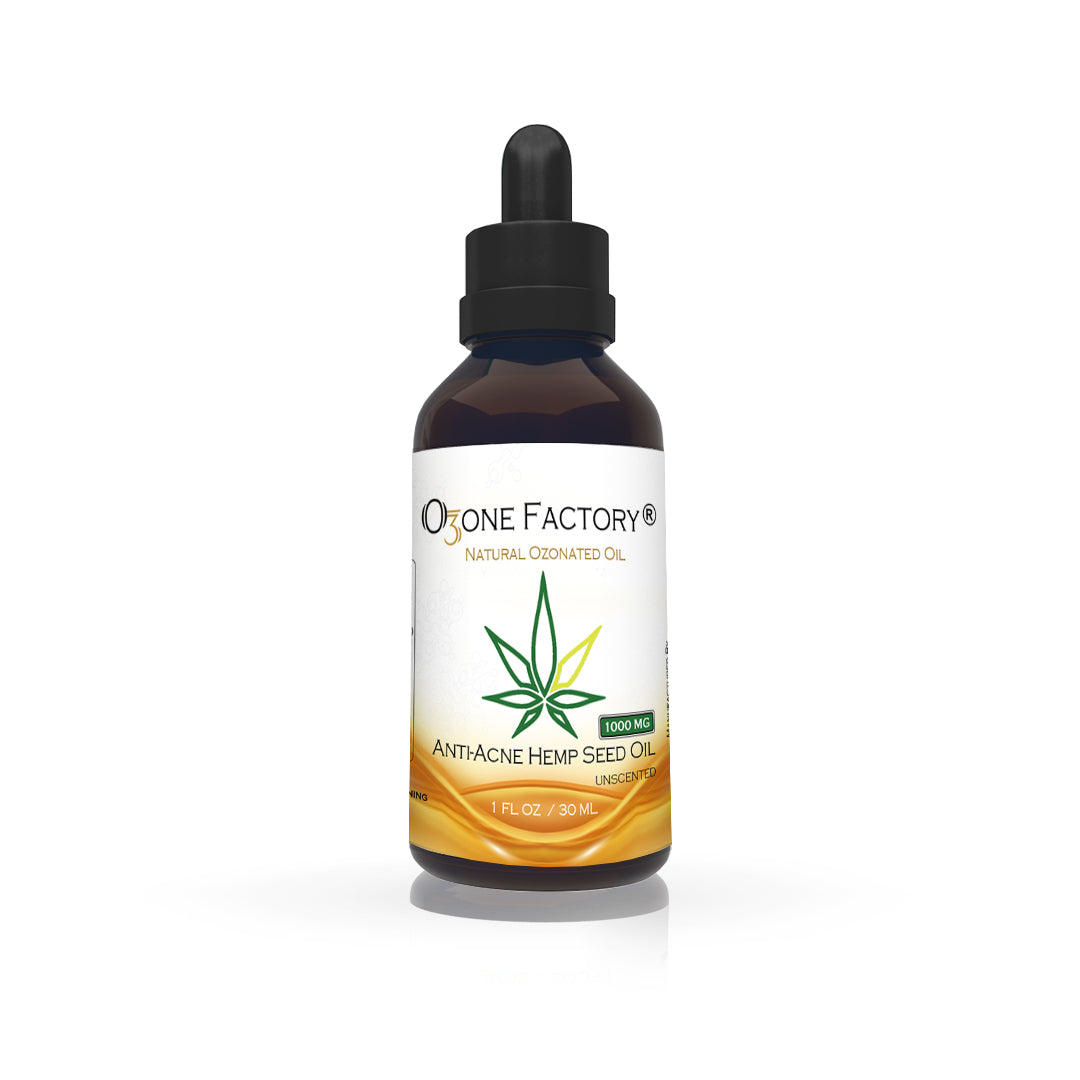
Sebaceous filaments are a common skin concern, often mistaken for blackheads, but they are a natural part of our skin's anatomy. Understanding their purpose, differences from blackheads, and effective treatments, including the use of ozonated oils, can help manage their appearance.
What Are Sebaceous Filaments?
Sebaceous filaments are tiny, tube-like structures that form in the pores of your skin. They are composed of sebum (oil), dead skin cells, and bacteria. Their primary function is to help transport sebum from the sebaceous glands to the skin's surface, maintaining hydration and protecting the skin barrier.
You can typically notice sebaceous filaments on the nose, chin, or forehead as small, grayish or yellowish dots. Unlike blackheads, they are not a result of clogged pores but are part of the skin's natural oil production system.
Sebaceous Filaments vs. Blackheads
Though sebaceous filaments and blackheads may look similar, they have distinct characteristics:
| Feature | Sebaceous Filaments | Blackheads |
|---|---|---|
| Function | Natural part of oil production | Clogged pore due to trapped debris |
| Appearance | Small, yellow/gray dots | Larger, dark plugs |
| Location | Mostly on the nose and T-zone | Can appear anywhere on the skin |
| Texture | Smooth and barely noticeable | Bumpy and raised |
| Extractability | Quickly refills after extraction | Can be removed without quick refilling |
Sebaceous filaments are not a skin issue that requires elimination, but excessive oil production can make them more visible.

Treatment Options for Sebaceous Filaments
While sebaceous filaments cannot be permanently removed, their visibility can be reduced through a combination of skincare treatments and lifestyle changes.
1. Gentle Cleansing
Use a mild cleanser to remove excess oil and dirt without stripping the skin. Overwashing can trigger more oil production, exacerbating the issue.
2. Exfoliation
Incorporate chemical exfoliants like salicylic acid or glycolic acid. These help to clear out pores, reducing the buildup of sebum and dead skin cells.
3. Retinoids
Topical retinoids can regulate oil production and promote cell turnover, minimizing the appearance of sebaceous filaments over time.
4. Hydration
Opt for lightweight, non-comedogenic moisturizers to maintain a balanced skin barrier without clogging pores.
5. Ozonated Oils
Ozonated oils, such as ozonated hemp seed oil, are a game-changer for managing sebaceous filaments. These oils are infused with ozone gas, which increases their oxygen content, offering antibacterial, anti-inflammatory, and regenerative benefits.
- How They Work: Ozonated oils penetrate deep into the pores, neutralizing bacteria and reducing inflammation. Their oxygen-rich formula also supports healthier skin by balancing sebum production.
- Usage: Apply a small amount of ozonated oil to clean skin, focusing on areas prone to sebaceous filaments. Use it at night as part of your skincare routine for optimal results.

Preventive Measures
- Avoid harsh scrubs or aggressive treatments that can damage the skin.
- Keep your skin hydrated and protected from environmental stressors.
- Maintain a healthy diet, reducing excessive consumption of processed foods and sugar.
Conclusion
Sebaceous filaments are a natural and essential part of healthy skin, but their appearance can sometimes cause frustration. Understanding the difference between sebaceous filaments and blackheads is crucial in managing them effectively. With the right skincare routine, including ozonated oils, you can maintain a balanced, clear complexion while embracing your skin’s natural processes.

